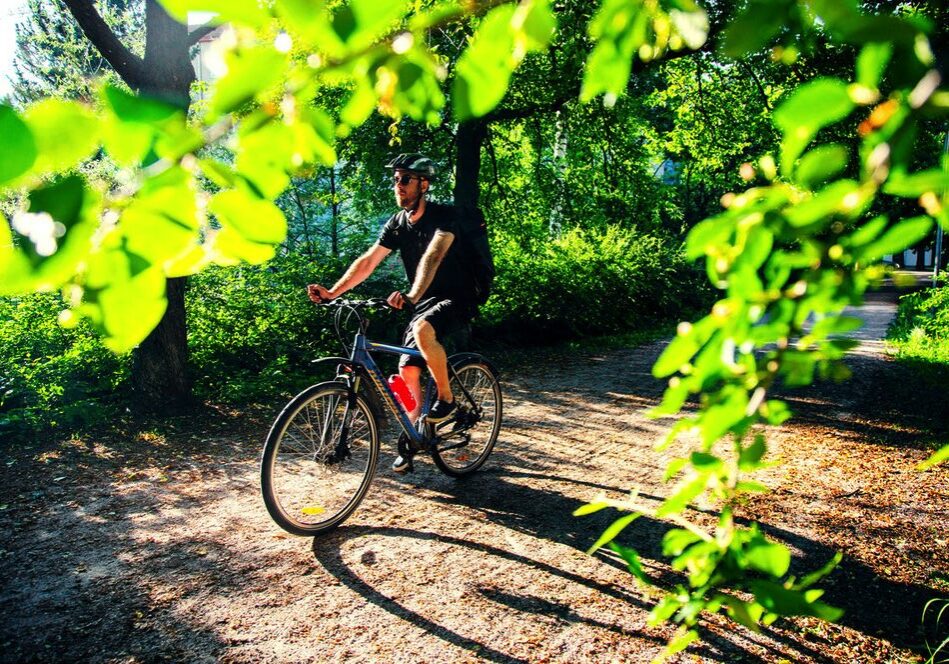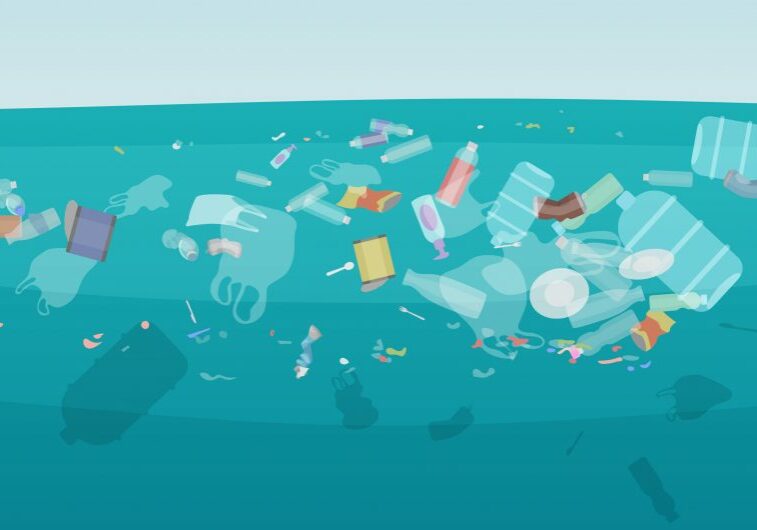The International Coastal Clean-Up, celebrated on 16 September, is a worldwide beach clean to remove plastics from coastal areas. Plastic pollution in the ocean is the most visible example of the havoc we’re causing to our planet – 8 million tonnes of plastic waste is dumped in the ocean each year.
We all know that we need to recycle. But did you know that if you put dirty items or the wrong items in your recycling bin, the whole collection could be sent to landfill? From here it could be blown away to clutter around drains and eventually enter rivers and the ocean.
The recycling logos on products are helpful in knowing what can and can’t be recycled. But there are so many different symbols – what do they all mean?
Our handy guide will help you understand the different recycling logos and get your recycling right!
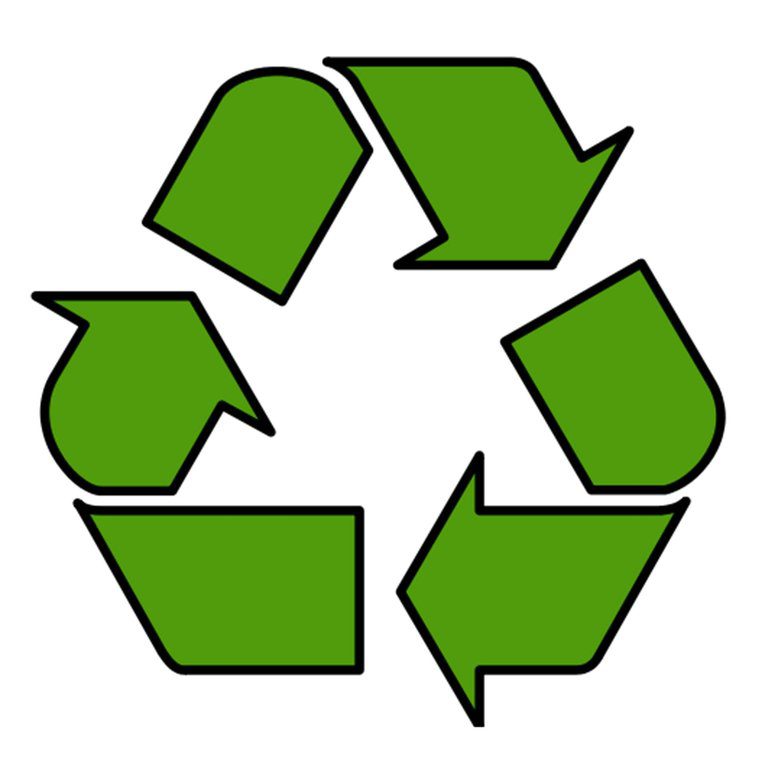
Mobius loop (recycling logo)
This logo might be black, white, green or all three! All the variations mean the same thing: the packaging is technically recyclable. However, whether you can actually recycle it depends on where you live and which facilities are available locally.
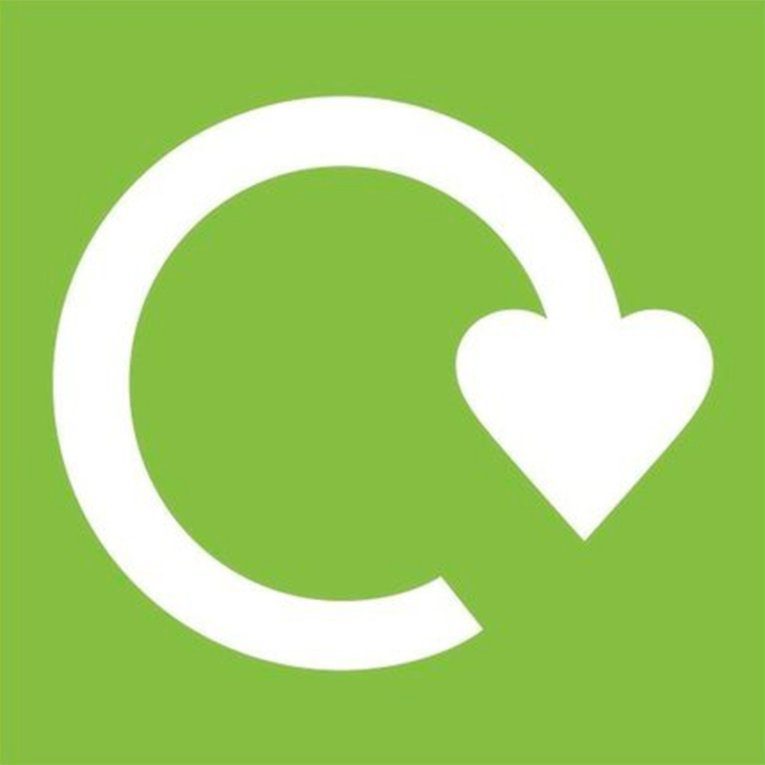
Widely recycled
This logo means that the packaging is recycled in at least 75% of local authorities across the UK. It doesn’t mean you can definitely recycle it where you live, though, so always check with your local council – both for kerbside collections and recycling depots.
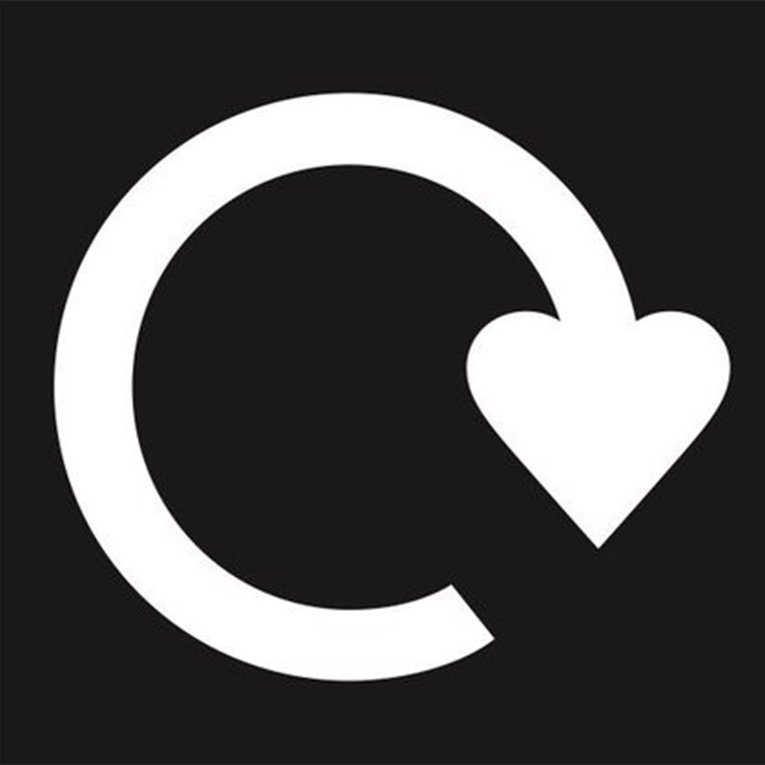
Check locally
The check locally label, with a black box and white arrow, means that the packaging can be recycled isn’t widely accepted by local authorities. You’ll need to find out whether your local council can recycle it, and if they can’t, it will need to go in the normal bin.
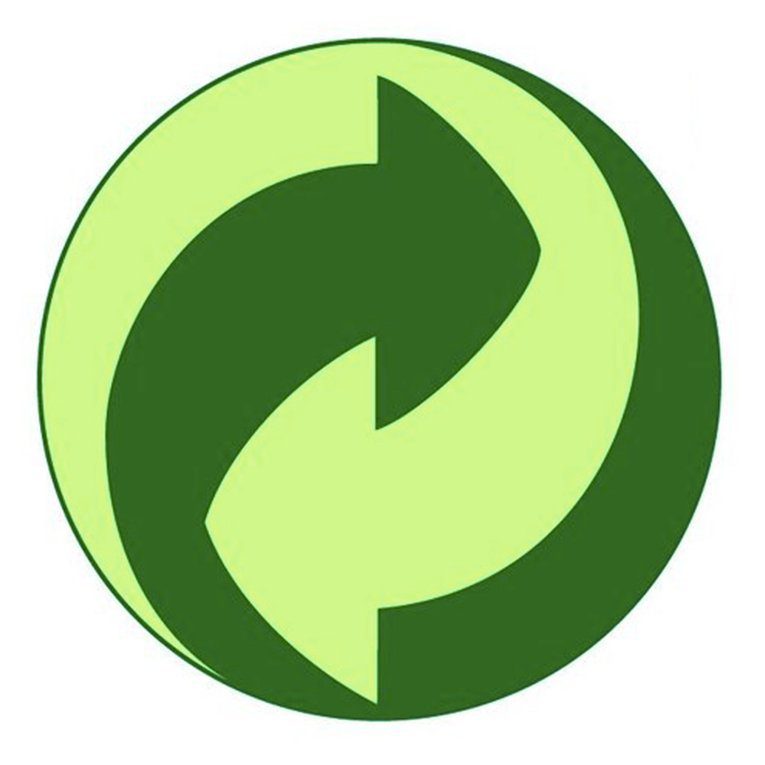
Green dot
This logo can be misleading, as it doesn’t mean that the packaging can be recycled. It actually indicates that the manufacturer has made a financial contribution towards the recovery and recycling of packaging in Europe.
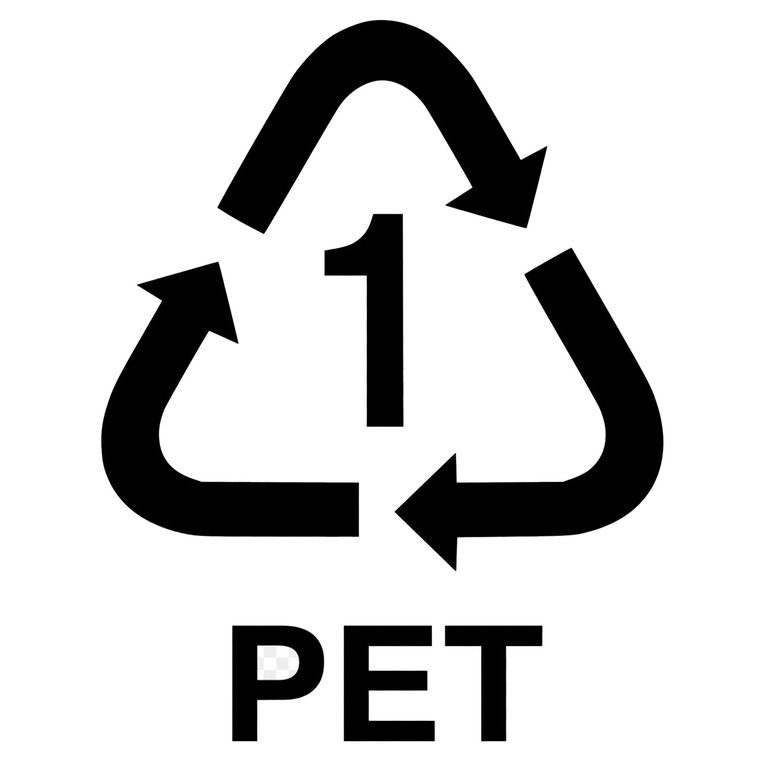
Plastic codes
This symbol tells you which sort of plastic a product is made from. They’re numbered 1 to 7 to identify the plastic, each with an abbreviation underneath (such as PET, HDPE or LDPE). Numbers 3 (PVC), 6 (polystyrene) and 7 (’other‘) aren’t usually recyclable. Some councils will only recycle certain numbers, so it’s best to check.
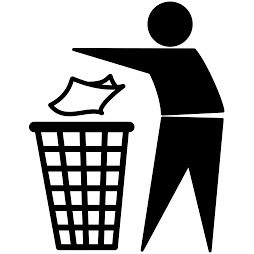
Tidyman
This symbol doesn’t relate to recycling but encourages people to put their rubbish in the bin instead of littering. The logo was launched in 1969 by Keep Britain Tidy, which itself was founded in 1954 as a response to post-war ‘throwaway culture’.
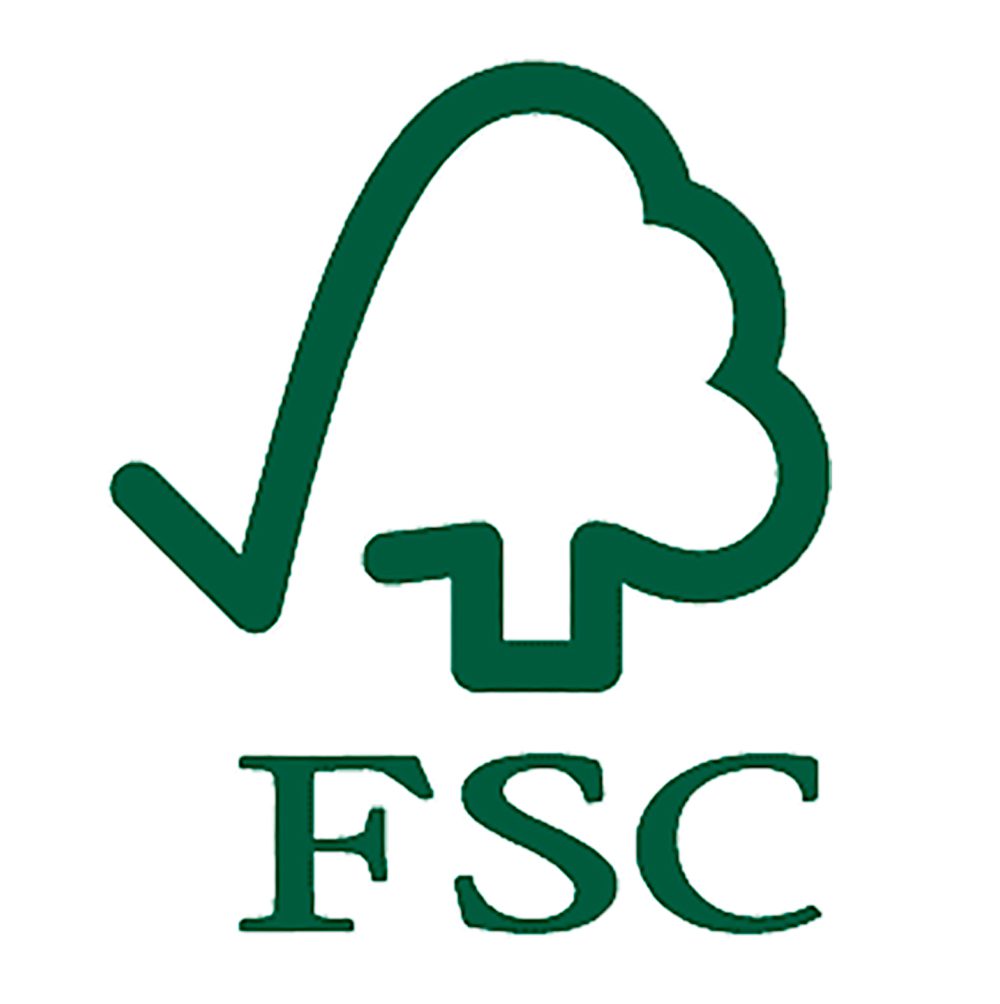
Forest Stewardship Council
This logo doesn’t relate to reycling, but instead shows that a paper, cardboard or wood product has come from forests that are managed and certified by the Forest Stewardship Council (FSC). Paper, card and wood can be recycled – check your local authority to see how your area collects them.
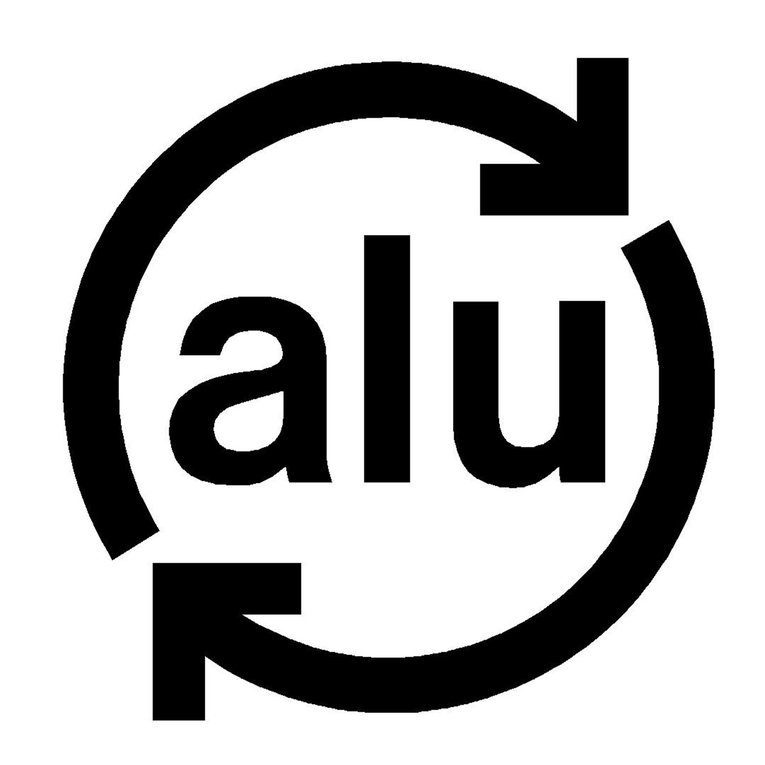
Aluminium
The item is made from recyclable aluminium. When recycling aluminium foil, make sure it’s clean and roll it into a ball – the bigger the ball, the easier it is to recycle.
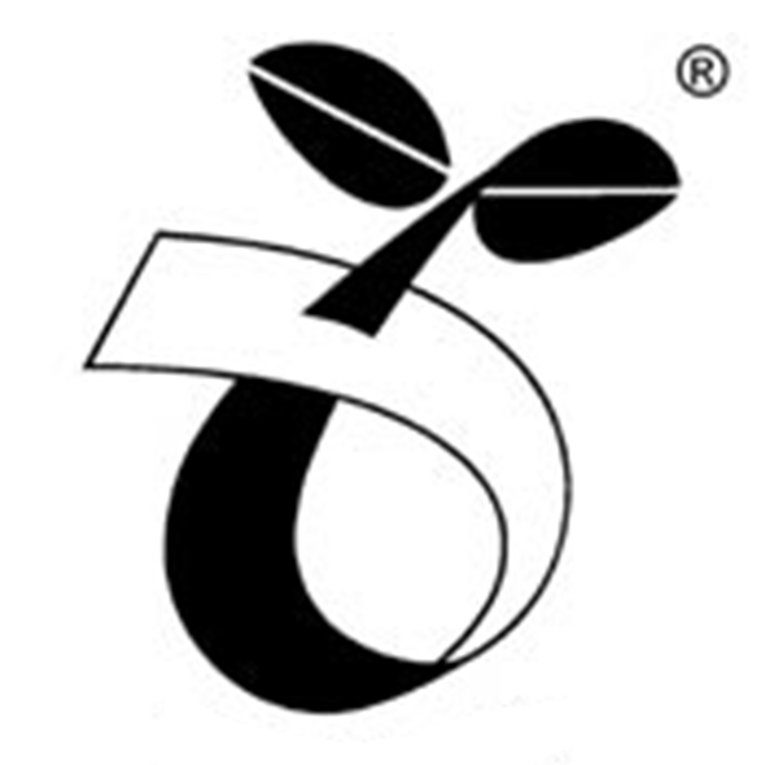
Compostable
The seedling logo means that the packaging is industrially compostable rather than recyclable. Check your local council’s recycling guide to see if this type of packaging can be put into your food recycling. It can’t be composted in your own compost heap at home.
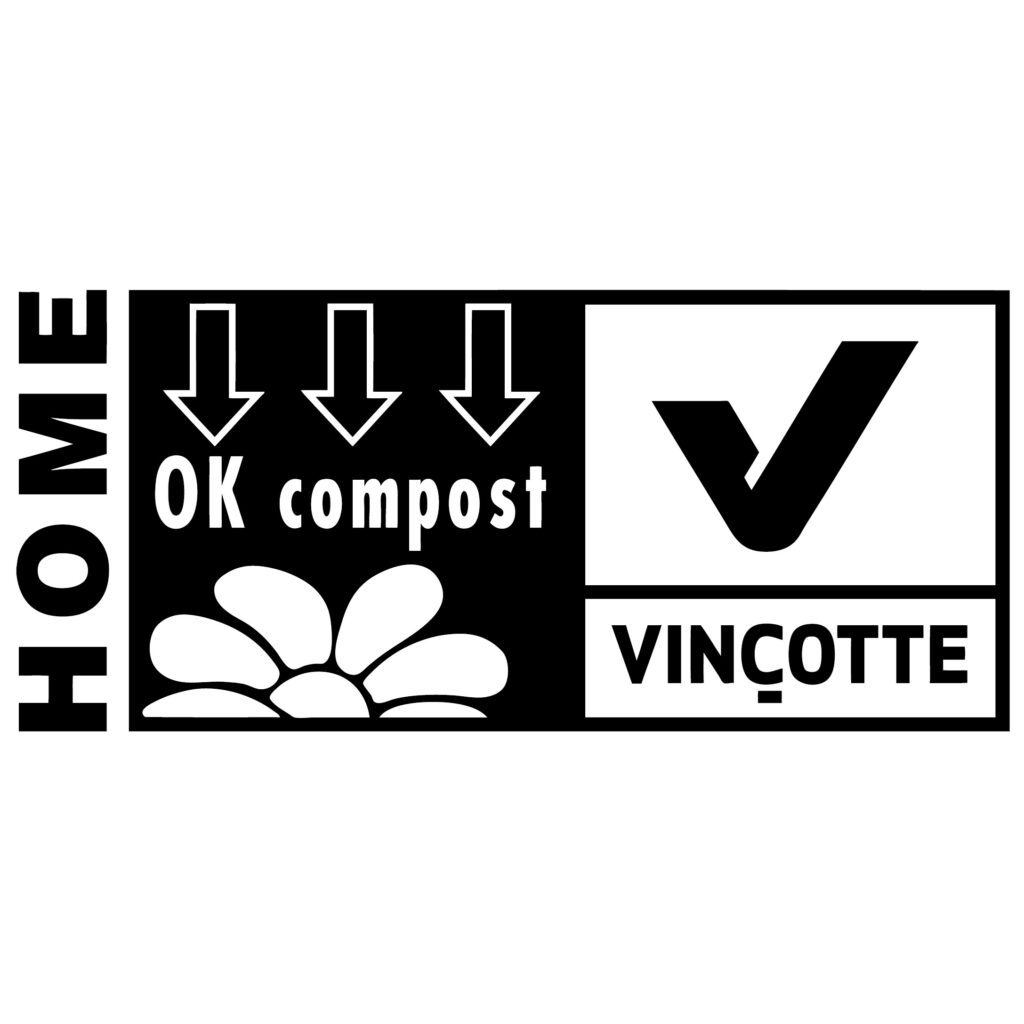
Home compostable logo
The home compostable logo means that the item can be composted at home in your garden compost heap (don’t just bury in the soil – it won’t break down!). It could also go in your food waste bin but check with your local council first.
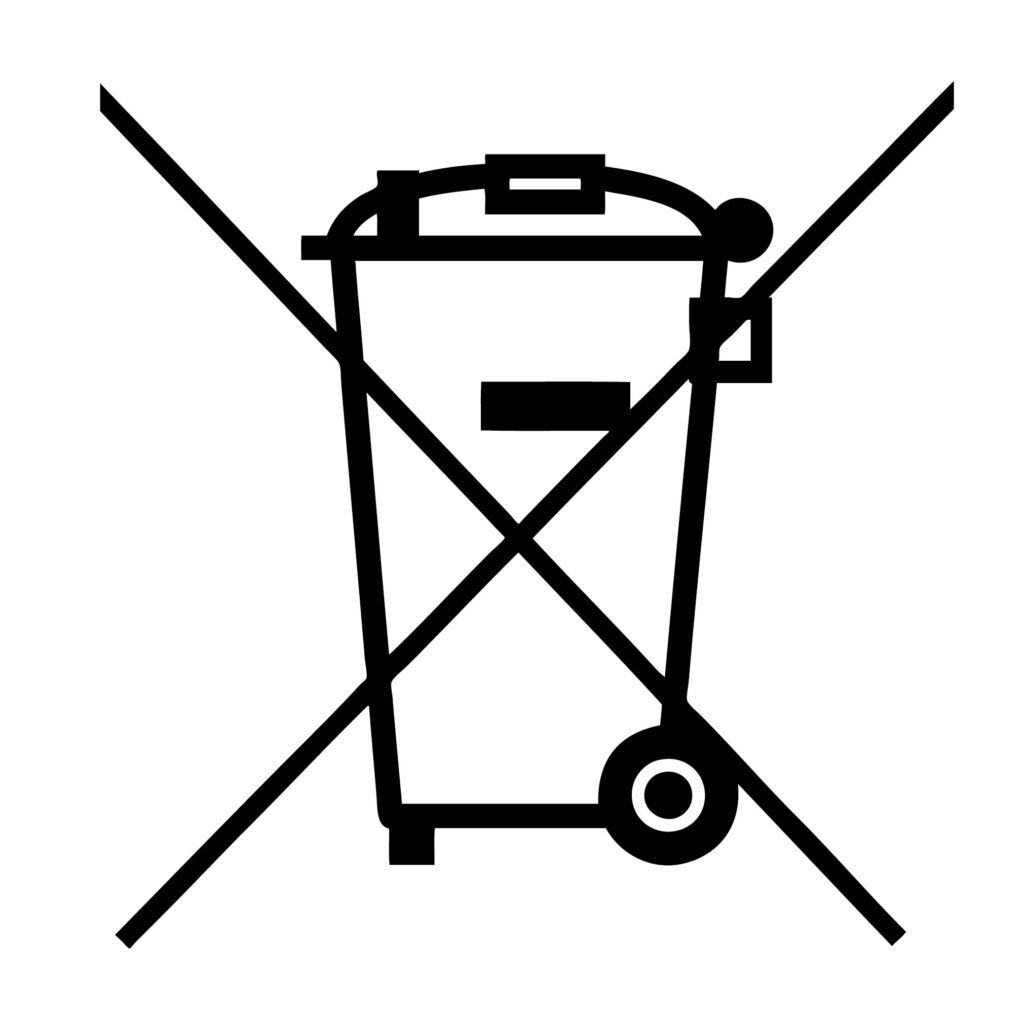
Electrical waste
The electrical waste label means the item mustn’t be thrown in your general waste bin. Instead, follow your council’s instructions for recycling electrical items, or take it to a dedicated collection point. Electrical waste in landfill can release harmful chemicals, so it’s vital to recycle it.
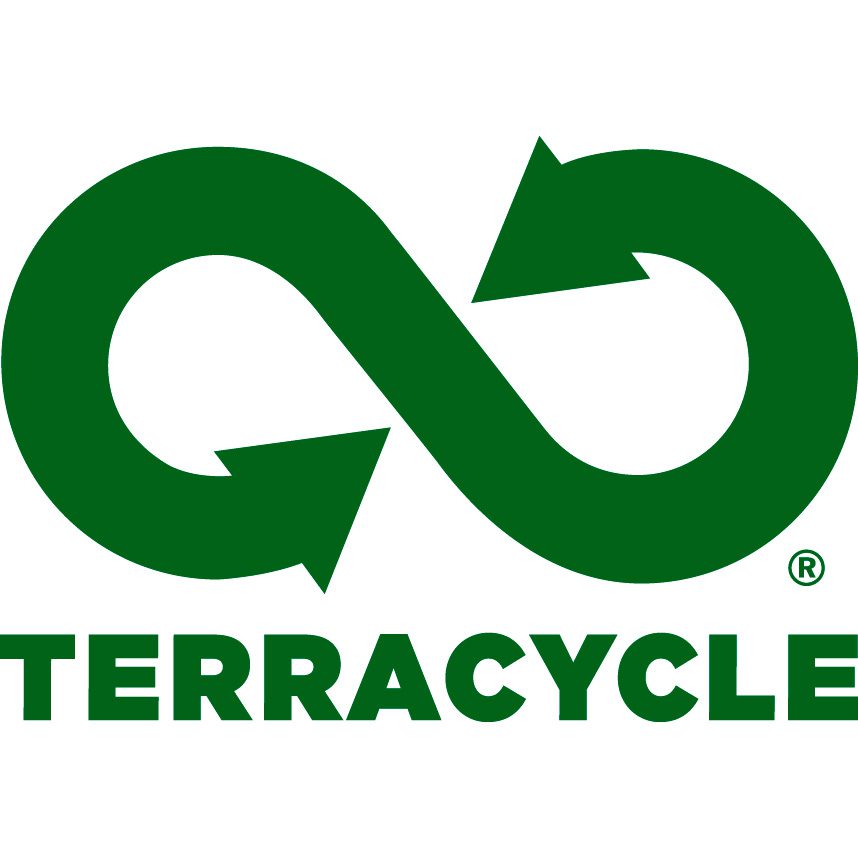
Terracycle
Terracycle is a private company that specialises in recycling difficult and uncollected types of waste. You can’t put things with a Terracycle logo in your household recycling collection – you’ll need to check the Terracycle website to find your nearest collection point.
IMAGES COURTESY OF RECYCLE NOW
Recycle more
To find out about more these and other symbols, or how to recycle a specific item, visit the Recycle Now website.
More to explore
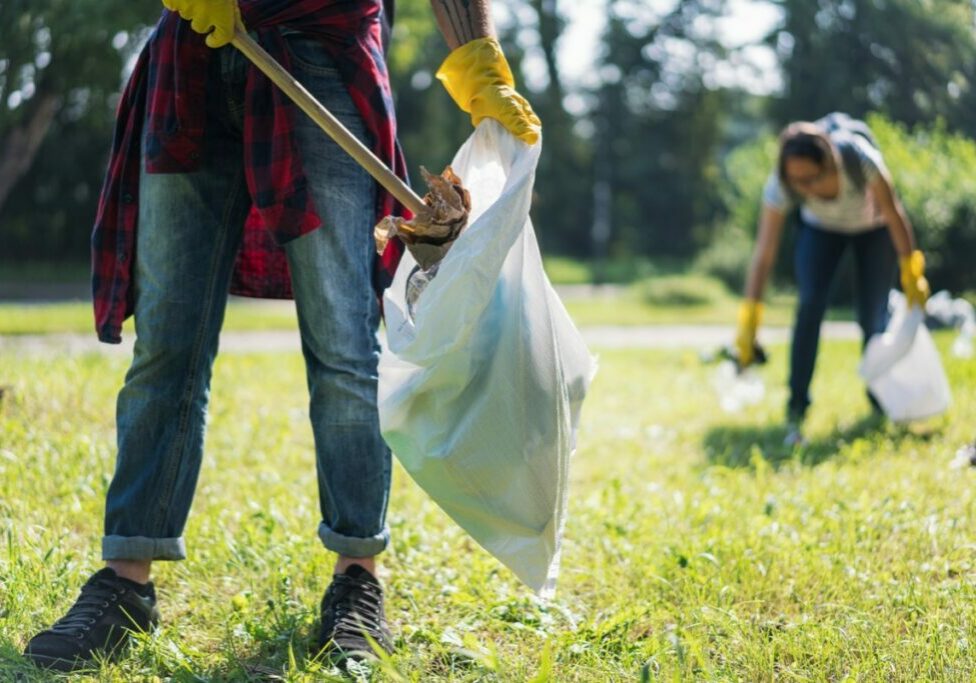
Take your pick: become a litter hero
Whether it’s a 10-minute tidy in your street or a big countryside clean-up, litter-picking is practical and positive. And it can be good for you, too!
